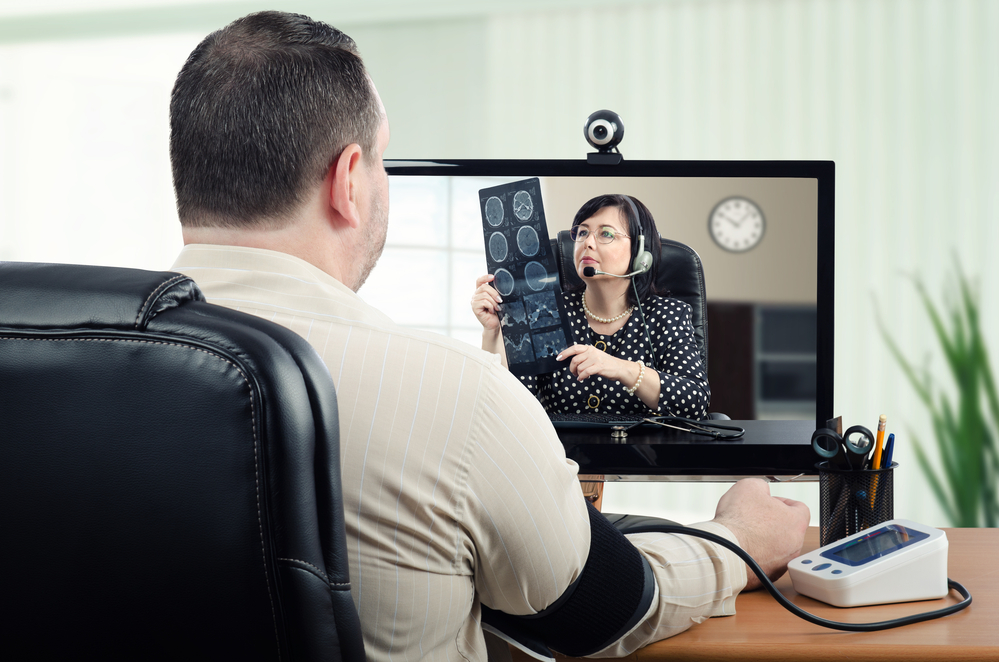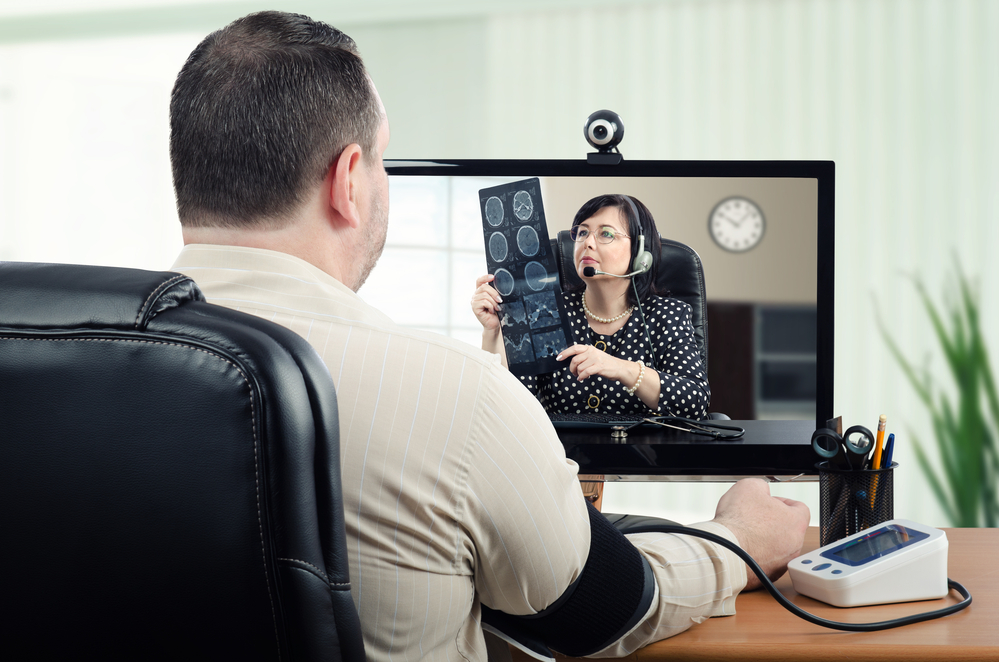
Here are some great facts about Teledentistry that we got from the American TeleDentistry Association. Please contact us if you would like some help setting this up in your office, it’s simple and affordable!
Teledentistry is the use of electronic information, imaging and communication technologies, including interactive audio, video, data communications as well as store and forward technologies, to provide and support dental care delivery, diagnosis, consultation, treatment, transfer of dental information and education.
It can include virtual consultations and high-tech monitoring of patients which offer less expensive and more convenient care options for patients. Teledentistry reflects a broader, changing healthcare landscape that is moving toward innovation, integration and convenient care. These days, it’s become commonplace for customers to purchase contacts, conduct banking and prepare taxes online. Teledentistry is proof that the dental industry is embracing innovation, too.
Teledentistry is proven to:
Improve the dental hygiene of patients.
Visits to dental offices began to drop in 2003 and have remained on a steady decline. Using telehealth systems to connect providers with patients has become an important tool for improving the oral health of patients conveniently.
Be more affordable than in-office dentistry.
Teledentistry has been shown to reduce the cost of care and increase efficiency through reduced travel times, shared professional staffing and fewer in-person appointments.
Be a more innovative solution for the mainstream healthcare industry.
In 2013, 52 percent of hospitals utilized telehealth, and another 10 percent were beginning the process of implementing telehealth services.
Align with today’s patients’ needs for modern forms of communication.
Recent studies on the use of telehealth services have shown that 70 percent of patients are comfortable communicating with their healthcare providers via text, email or video in lieu of seeing them in person, and 76 percent of patients prioritize access to care over the needs for face-to-face interactions with their healthcare providers. In fact, 30 percent of patients already use computers or mobile devices to check for medical or diagnostic information.
Improve access to care for patients.
Approximately 20 percent of Americans live in rural areas where they do not have easy access to dentists and other medical services. Teledentistry eliminates the need to travel long distances and can help health care providers supplement clinician staffing in areas where they are understaffed. It also allows providers to expand their reach to patients beyond their own offices. Teledentistry has a unique capacity to increase providers’ services to millions of new patients.
Reduce the amount of time employees spend away from the office.
Teledentistry options reduce the time taken by employees to see dental providers in person. In fact, though appointments can take hours out of an employee’s workday, only 17 percent (20 minutes) of that time is spent actually seeing the doctor.
Make in-office appointment times more accessible to patients who really need them.
Teledentistry options reduce the time taken by employees to see dental providers in person. In fact, though appointments can take hours out of an employee’s workday, only 17 percent (20 minutes) of that time is spent actually seeing the doctor.
Provide the same level of care to patients as in-office visits.
Research indicates that the quality of care and success rates of patients were the same whether patients used telemedicine or not.
Keep growing.
The utilization of telehealth services is projected to increase from 250,000 patients in 2013 to an estimated 3.2 million patients in 2018.
SOURCES
Trustee Magazine
The New York Times
American Telemedicine Association
University of the Pacific


